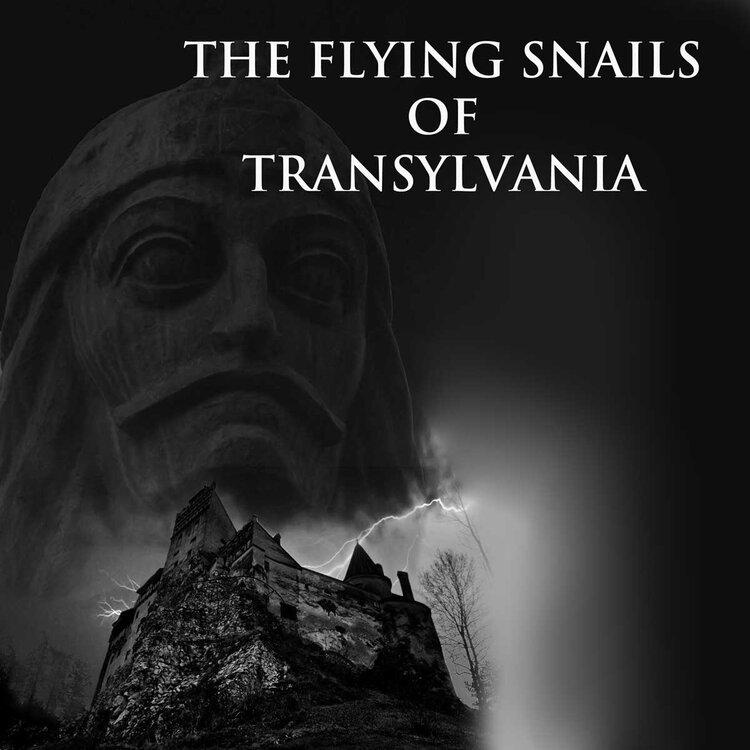Resumen
En su novela de 1897 Drácula, Bram Stoker usó la naturaleza de Transilvania como trasfondo, pero, aparte de los lobos, no convirtió a los animales en personajes de su novela. Esto me llevó a preguntarme qué tipo de caracoles terrestres habitan en el bosque de los Cárpatos que tanto asustó a Jonathan Harker en la tierra de Vlad Drácula.
.jpg)
Citas
¹ Gheoca, V. (2016). Land snail communities of Cheile Vârghișului Nature Reserve (the Perșani Mountains, Romania). Studia Universitatis Babeş-Bolyai Biologia, 61(2), 167-176.
² Stoker, B. (1897). Dracula. New York, USA: Grosset and Dunlap.
³ Kirchner, C. H., Krätzner, R., & Welter-Schultes, F. W. (1997). Flying snails—how far can Truncatellina (Pulmonata: Vertiginidae) be blown over the sea? Journal of Molluscan Studies, 63(4), 479-487.
⁴ Alexandrowicz, W. P. (2013). The malacofauna of the castle ruins in Melsztyn near Tarnow (Roznow Foothills, Southern Poland). Folia Malacologica, 21(1), 9-18.
⁵ Gittenberger E. (1973). Beitrage zur Kenntniss der Pupillacea. III. Chondrininae. Leiden, 127, 1-266.
⁶ Sólymos, P., & Sümegi, P. (1997). The shell morpho-thermometer method and its application in palaeoclimatic reconstruction. Annales Universitatis Scientiarum Budapestinensis de Rolando Eotvos Nominatae, Sectio Geologica, 32, 137-148.
⁷ Nerudova-Horsakova, J., et al. (2016). Biology and immature stages of Pherbellia limbata (Diptera: Sciomyzidae), a parasitoid of the terrestrial snail Granaria frumentum. Zootaxa, 4117(1), 048-062.
⁸ Kolenda, K., et al. (2017). A possible phoretic relationship between snails and amphibians. Folia Malacologica, 25(4), 281-285.
⁹ Szybiak, K., & Leśniewska, M. (2008) Variability in the sculpture of the shell aperture of Ruthenica filograna (Rossmässler, 1836) (Gastropoda: Clausiliidae) in specimens from natural populations and from laboratory breeding. Journal of Molluscan Studies, 74 (2), 183-189.
¹⁰ Szybiak, K., et al. (2015). Reproduction and shell growth in two clausillids with different reproductive strategies. Biologia, 70(5), 625-631.
¹¹ Szybiak, K., et al. (2009). Variation in spatial structure and abundance of clausiliids (Mollusca: Clausiliidae) in the nature reserve Debno nad Wartą (W Poland) during wintering. J. Conch, 39(6), 611-620.
¹² Fehér, Z., et al. (2013). Molecular phylogeny of the land snail genus Alopia (Gastropoda: Clausiliidae) reveals multiple inversions of chirality. Zoological Journal of the Linnean Society, 167(2), 259-272.
Comentarios

Esta obra está bajo una licencia internacional Creative Commons Atribución 4.0.


